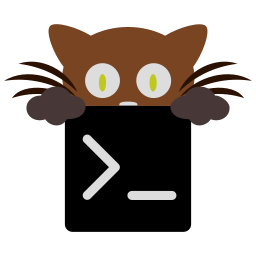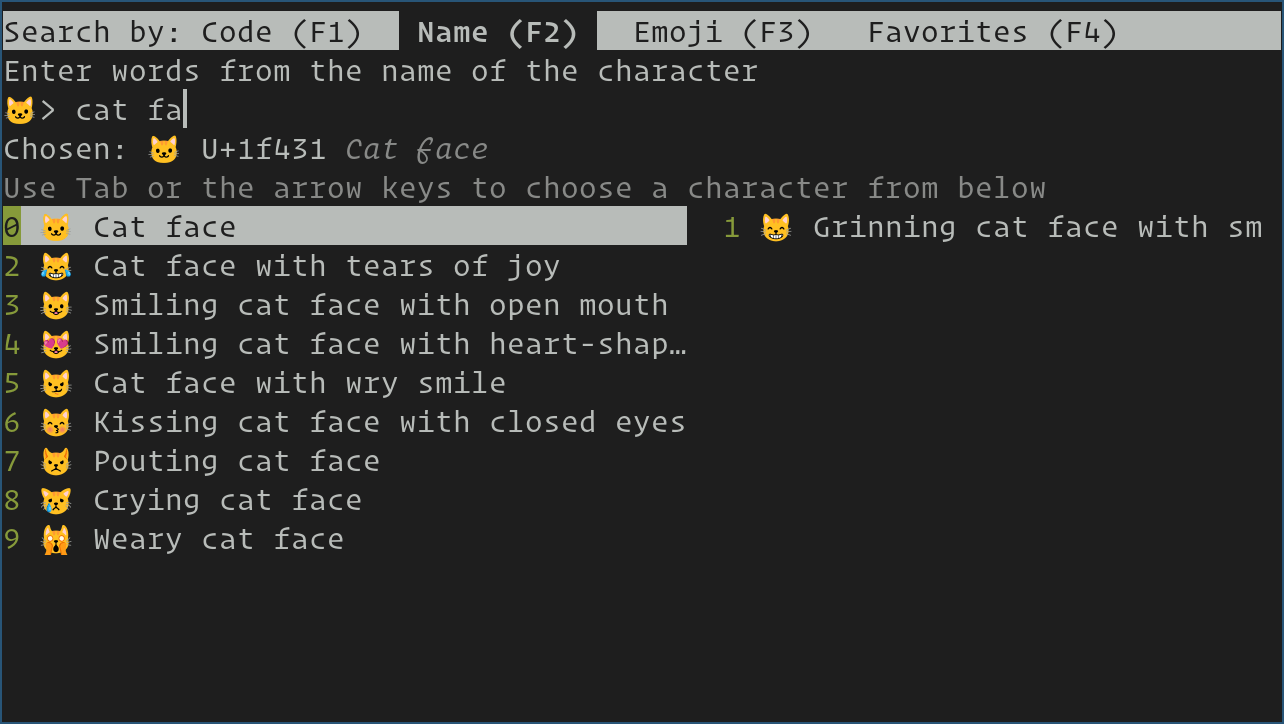How To Install Kitty Terminal on Fedora 41

In the world of Linux, the terminal is an essential tool for users and developers alike. While Fedora 41 comes with a default terminal emulator, many users seek more powerful and customizable alternatives. Enter Kitty Terminal, a fast, feature-rich, and GPU-accelerated terminal emulator that’s gaining popularity among Linux enthusiasts. This guide will walk you through the process of installing Kitty Terminal on Fedora 41, exploring its features, and optimizing it for your workflow.
Understanding Kitty Terminal
Before we dive into the installation process, let’s explore what makes Kitty Terminal stand out from other terminal emulators.
Key Features of Kitty Terminal
- GPU Acceleration: Kitty leverages your computer’s GPU for rendering, resulting in smooth scrolling and low latency[1].
- Cross-platform Compatibility: While we’re focusing on Fedora 41, Kitty works on various Linux distributions, macOS, and even Windows (via WSL).
- Advanced Window Management: Kitty supports tabs, splits, and layouts, offering flexibility in organizing your terminal workspace.
- Performance Benefits: With its efficient design, Kitty consumes fewer system resources compared to many other terminal emulators.
- Extensive Customization Options: From fonts and colors to keyboard shortcuts, Kitty allows for deep customization to suit your preferences.
Prerequisites for Installing Kitty on Fedora 41
Before proceeding with the installation, ensure your system meets the following requirements:
- A Fedora 41 system with up-to-date packages
- Administrative (sudo) privileges on your account
- A stable internet connection for downloading packages
- Basic familiarity with terminal commands
It’s always a good practice to back up important data before making system changes, even though installing a terminal emulator is generally safe.
Installation Methods for Kitty Terminal
There are several ways to install Kitty Terminal on Fedora 41. We’ll cover three popular methods, each with its own advantages.
Method 1: Using DNF Package Manager
The simplest and most straightforward method to install Kitty on Fedora 41 is using the DNF package manager. This method ensures you get a version that’s compatible with your system and receives updates through the standard system update process.
Open your current terminal and run the following command:
sudo dnf install kitty -yThis command will download and install Kitty along with any necessary dependencies. The ‘-y’ flag automatically answers ‘yes’ to any prompts, streamlining the installation process[2].
Method 2: Using the Installation Script
For those who prefer the latest version or want more control over the installation process, Kitty provides an installation script. This method might give you access to newer features but requires manual updating.
To use the installation script, run the following command in your terminal:
curl -L https://sw.kovidgoyal.net/kitty/installer.sh | sh /dev/stdinThis command downloads the installation script and executes it immediately. The script will handle the download, installation, and initial setup of Kitty Terminal[5].
Method 3: Building from Source
For advanced users or those who need specific customizations, building Kitty from source is an option. This method requires more steps but offers the most control over the installation.
- First, install the necessary build dependencies:
sudo dnf install gcc make python3-devel libX11-devel libXrandr-devel libXinerama-devel libXcursor-devel libxkbcommon-devel mesa-libGL-devel wayland-devel wayland-protocols-devel libcanberra-devel - Clone the Kitty repository:
git clone https://github.com/kovidgoyal/kitty.git - Navigate to the kitty directory:
cd kitty - Build Kitty:
python3 setup.py build - Install Kitty:
sudo python3 setup.py install
Building from source allows you to apply custom patches or compile with specific options if needed.
Post-Installation Setup
After installing Kitty Terminal, you’ll want to set it up for optimal use. Let’s go through some essential configuration steps.
Creating the Configuration Directory
Kitty uses a configuration file to store your preferences. Create the configuration directory by running:
mkdir -p ~/.config/kittyBasic Configuration
Create and edit the configuration file:
nano ~/.config/kitty/kitty.confHere’s a basic configuration to get you started:
# Font settings
font_family Fira Code
font_size 12.0
# Color scheme
background #1E1E1E
foreground #D4D4D4
# Window layout
remember_window_size yes
initial_window_width 640
initial_window_height 400
# Keyboard shortcuts
map ctrl+shift+c copy_to_clipboard
map ctrl+shift+v paste_from_clipboardThis configuration sets up a readable font, a dark color scheme, remembers your window size, and sets up basic copy-paste shortcuts[2].
Customization Guide
One of Kitty’s strengths is its extensive customization options. Let’s explore some popular customizations.
Theme Installation
Kitty supports a wide range of themes. You can browse and install themes using the built-in theme kitten:
kitty +kitten themesThis command opens an interactive theme selector. Choose a theme you like and it will be automatically applied and saved to your configuration.
Font Configuration
Choosing the right font can significantly improve your terminal experience. Here are some recommended fonts for Kitty:
- Fira Code: A monospaced font with programming ligatures
- JetBrains Mono: Another excellent choice for coding
- Inconsolata: A popular sans-serif monospace font
To change the font, add or modify these lines in your kitty.conf:
font_family JetBrains Mono
bold_font auto
italic_font auto
bold_italic_font auto
font_size 12.0Experiment with different fonts and sizes to find what works best for you.
Advanced Configuration
For users looking to squeeze every bit of performance out of Kitty, here are some advanced configuration options.
Performance Tuning
To optimize Kitty’s performance, consider these settings:
sync_to_monitor yes
repaint_delay 10
input_delay 3
enable_audio_bell noThese settings help reduce input lag and improve overall responsiveness. The ‘sync_to_monitor’ option synchronizes frame rendering with your monitor’s refresh rate, which can reduce screen tearing[1].
Integration with Fedora 41
To fully integrate Kitty with your Fedora 41 system, follow these steps:
Creating a Desktop Entry
Create a .desktop file to make Kitty accessible from your application menu:
nano ~/.local/share/applications/kitty.desktopAdd the following content:
[Desktop Entry]
Name=Kitty
GenericName=Terminal Emulator
Comment=A fast, feature-rich, GPU based terminal emulator
Exec=kitty
Terminal=false
Type=Application
Icon=kitty
Categories=System;TerminalEmulator;Setting Kitty as the Default Terminal
To set Kitty as your default terminal emulator in Fedora 41:
- Open the Fedora Settings application
- Navigate to ‘Default Applications’
- Find ‘Terminal’ in the list
- Select ‘Kitty’ from the dropdown menu

Troubleshooting Common Issues
Even with a smooth installation, you might encounter some issues. Here are solutions to common problems:
Display Problems
If you experience flickering or screen tearing, try adding this to your kitty.conf:
sync_to_monitor yesFont Rendering Issues
For crisper font rendering, especially on high-DPI displays, add:
box_drawing_scale 0.001, 1, 1.5, 2GPU Acceleration Problems
If you’re experiencing issues with GPU acceleration, you can disable it by adding:
disable_ligatures alwaysThis can help if you’re seeing strange character combinations or performance issues.
Congratulations! You have successfully installed Kitty Terminal. Thanks for using this tutorial for installing the Kitty Terminal on your Fedora 41 system. For additional help or useful information, we recommend you check the official Kitty Terminal website.